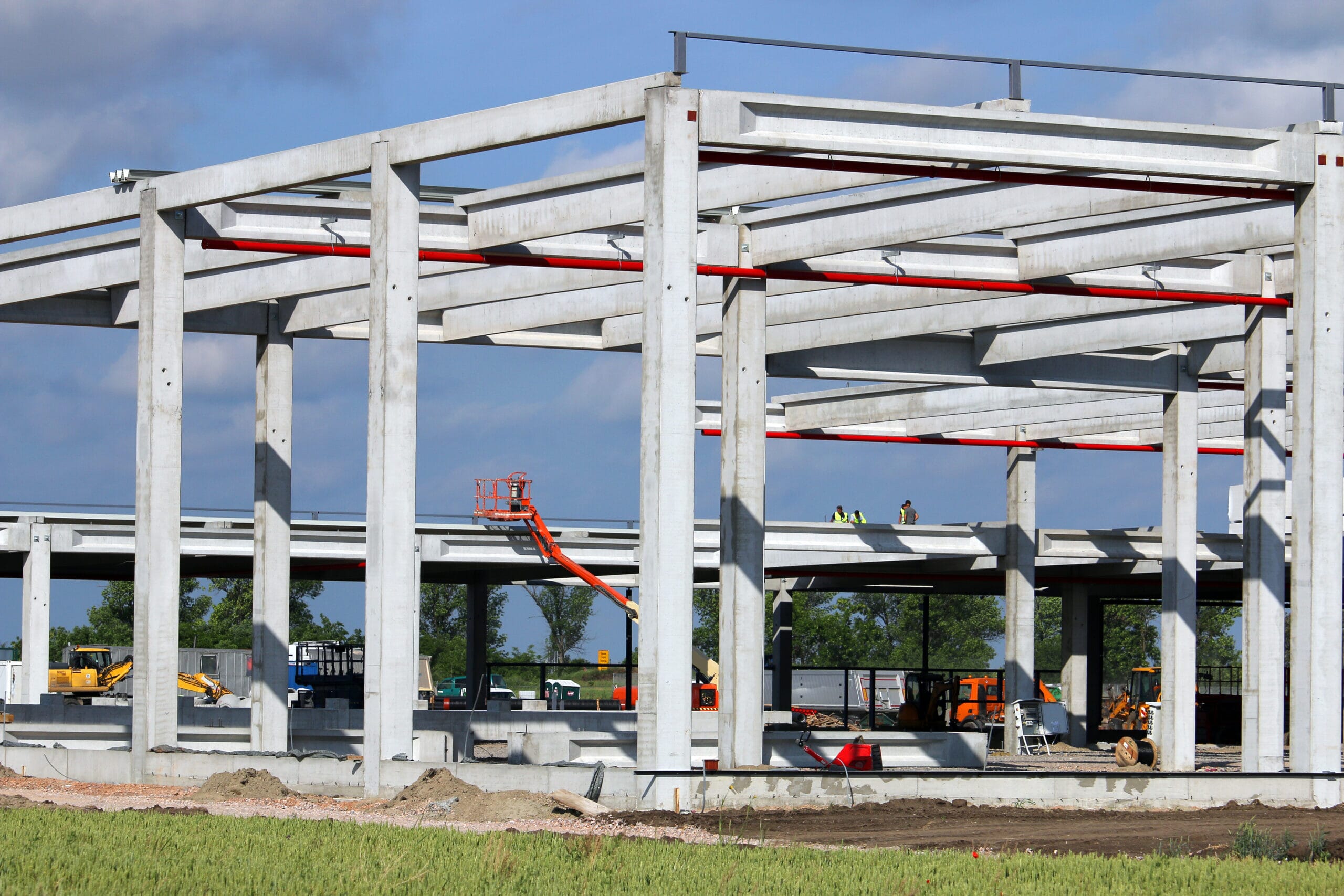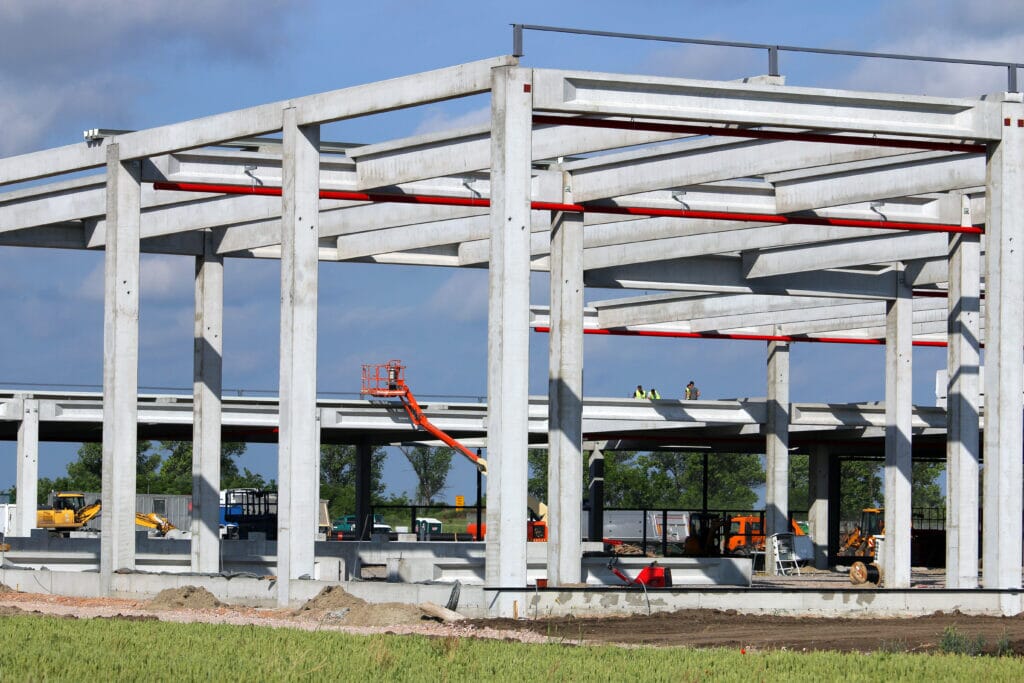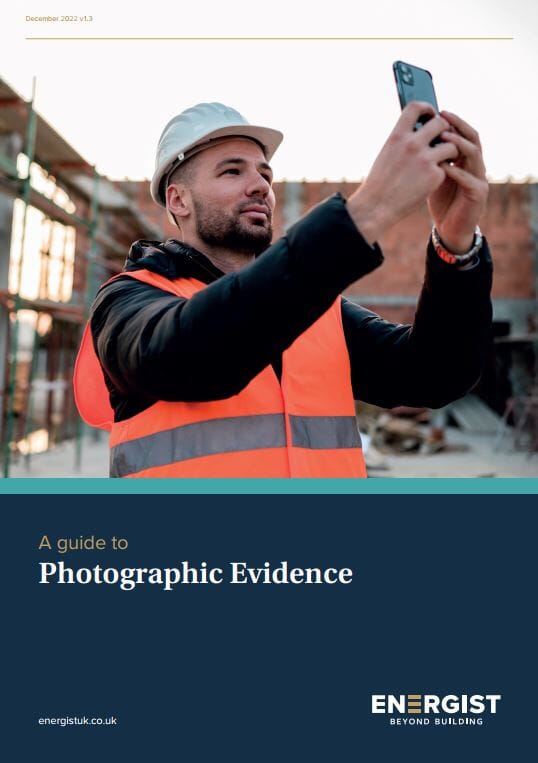
SBEM – Compliance with new regulations
Design & Construction (RIBA 4-5)
SBEM – Compliance with new regulations

SBEM – Compliance with new regulations
Recent updates to English Building Regulations mean new construction projects have to be more energy efficient than before, using higher levels of insulation, low carbon heating systems and renewable technologies.
Most of the focus so far has been on house builders, but non-residential buildings are also covered by these new rules.
With the Government set to apply even tougher sustainability targets in just a few years’ time, it’s important for developers to stay up to date so they can plan future projects accordingly.
When do the new targets apply?
The revised Approved Document Part L went live on June 15th, so any development registered with Building Control from this date must be designed to meet the new requirements.
Existing building sites will need to be upgraded where work on individual buildings isn’t started before June 15th 2023.
This is specific to England, however separate dates and targets are being rolled out across Wales and Scotland over the next twelve months.
Targets
To comply with AD L, every building needs to meet targets using SBEM methodology. This looks at the energy required to run the building’s services, such as heating, lighting and ventilation.
Historically, the Target Emission Rate has been used to prove compliance. Although this goal is still used in the new regulations, it’s not the only hurdle to clear. A second, mandatory target has been introduced called the Target Primary Energy Rate.
To tick both boxes, there are two common routes. One option is to use heat pumps instead of gas fired heating. The other is to install photovoltaic panels on the roof. Designers who are against the use of both solar panels and heat pumps will quickly find that alternative routes to compliance are far more complicated and expensive.
TM54
The maths behind SBEM is fine for Building Regulation sign-off, but it only paints a partial picture. The energy used by computer systems, industrial machinery and lifts, for example, are all ignored.
To provide clearer information on the overall predicted energy use of a building, more intricate details need to be considered.
This is beyond the capability of the SBEM calculation and has until now been ignored by Building Regulations.
In-use energy, or operational energy, now needs to be assessed for any non-residential unit with a floor area over 1,000sqm.
One of the more common ways of doing this is by commissioning a TM54 assessment. This review gives an in-depth analysis of the building’s predicted energy use, and can offer recommendations on energy efficiency measures.
AD O
The recent shake-up to Building Regulations led to the creation of a new Approved Document which considers the overheating risk in new buildings.
AD O is primarily focused on houses, but is also applied to buildings which are ‘domestic in character’. This covers care homes and boarding school accommodation.
The overheating assessment reviews the amount of windows and openings to check the building doesn’t have excessive solar gains (which can lead to uncomfortable living conditions in summer months).
Cooling systems are ignored by this calculation, so designers need to find passive methods for avoiding excessively high internal temperatures.
Buildings which are not domestic in character are exempt from AD O – this exemption includes hotels.
This Wave of Change to Building Regulations isn’t a one-off. A further set of more stringent targets will be released in 2025 which are expected to make the use of fossil fuel heating in new construction completely unviable.
Watch this space for more news on the latest changes, and speak to the Energist Team to discover how we can help with your upcoming building projects.






